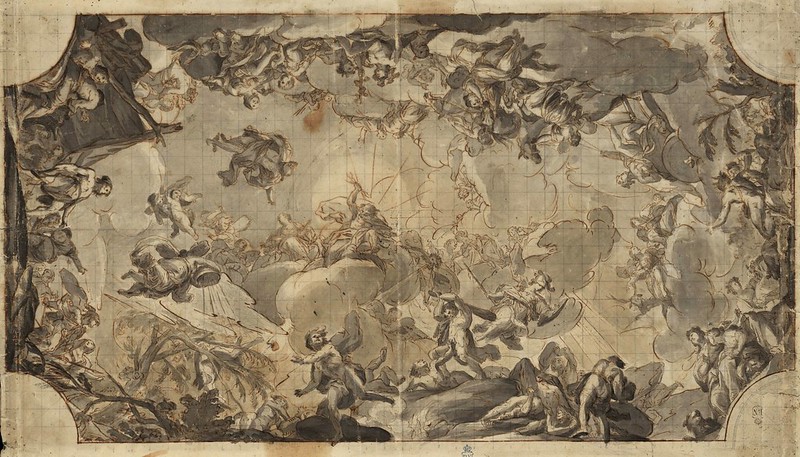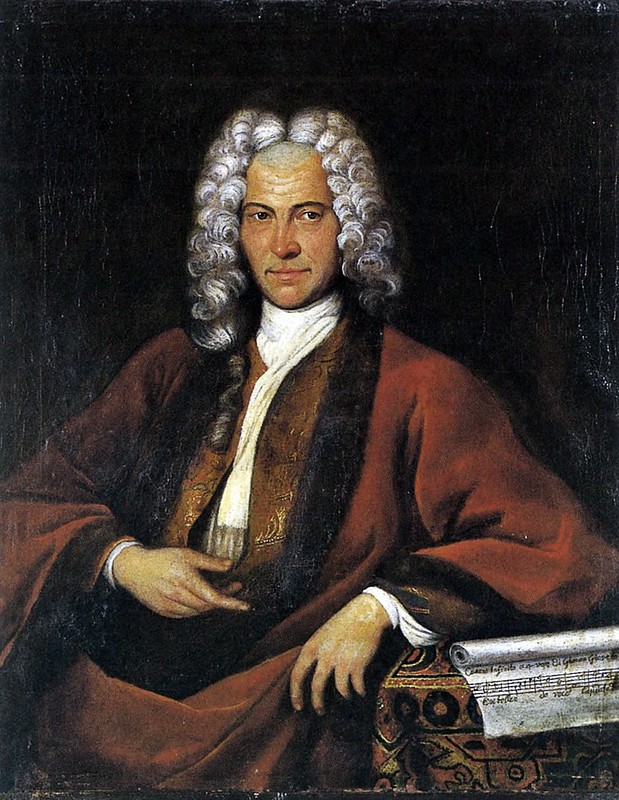Johann August Just (c.1750-1791)
- Sonata (III) for the Piano Forte with Accompanyment, Op.13 (1781)
Performers: Camerata Classica ensemble
Painting: Hendrik Pothoven (1725-1807) - View of the Binnenhof in The Hague with the Ridderzaal (1787)
---
German keyboard player, composer and violinist. According to early
chroniclers, he studied with Kirnberger in Berlin and subsequently with
Schwindl at The Hague. By 1767 he was at the court of William V, Prince
of Orange and Nassau, where he served as music master to Princess
Wilhelmine; he remained connected with the court throughout his career.
Early in his life he may have visited London; by 1772 his publications
there had reached op.3, and most works published on the Continent were
promptly reprinted in London. Fétis’s statement that Just followed the
court into exile in England (January 1795) must be false, as royal
archives imply an earlier death. As Burney wrote only on deceased
composers for Rees’s Cyclopaedia, Just must have died before Burney’s
brief article on him was written (c.1804). Just was described by Gerber
as being among ‘the best keyboard players in the new manner’. His
compositions are largely for keyboard, but he also wrote at least three
Singspiele, of which De Koopman van Smyrna was performed in German
translation in Bonn and Frankfurt in 1783. The style of the Singspiele
resembles the popular works of J.A. Hiller, but they also share
characteristics with current Parisian comedies. The keyboard works are
marked by their frankly pedagogic orientation and include many sonatinas
and divertimentos; use of the latter title, two-part writing and other
points of style suggest the possible influence of the widely circulated
keyboard music of Wagenseil. Keyboard publications include variations on
popular songs; one set (1773) used ‘Lison dormait dans un bocage’ from
Dezède’s Julie. (It was later similarly used by Mozart in his nine
variations k264.) Just’s simple pieces generally possess refinement and
charm and are still attractive teaching material. At a time when the
piano was coming into vogue his teaching collections continued to
specify the harpsichord. Many sets include fashionable violin
accompaniments, but in op.6 the violin is obbligato and a true
concertante equality between the instruments often results. Fétis’s
attribution to Just of the keyboard method New and Compleat Instructions
for the Harpsichord, Piano-Forte or Organ (London, c.1798) has not been
verified but is reinforced by Just’s lifelong concern with didactic
materials and by selections in it entitled ‘The Prince’s Favourite’ and
‘Stadtholder’s Minuet’. (A possible alternative compiler is the court
pianist J.A. Colizzi.)















